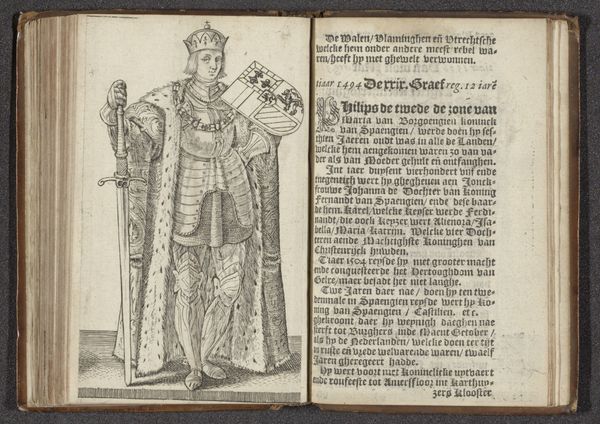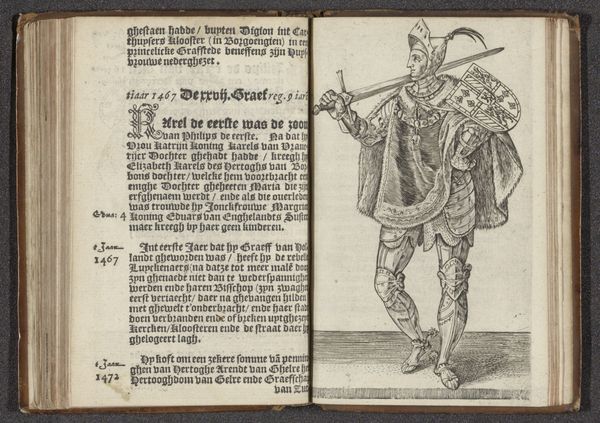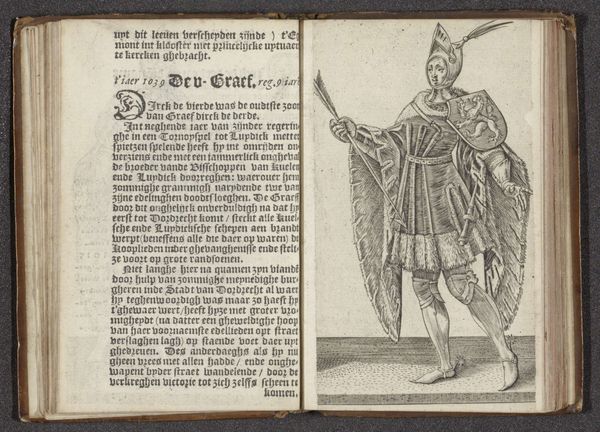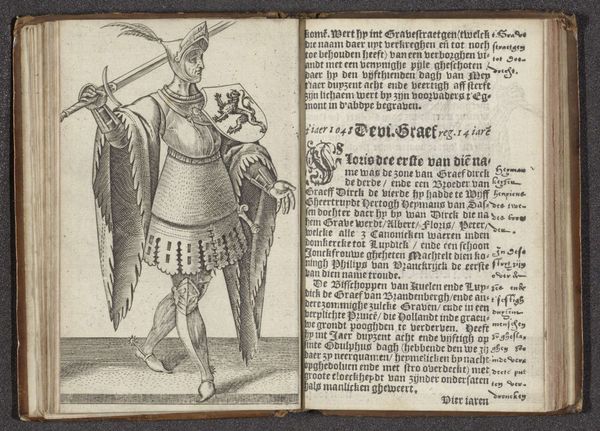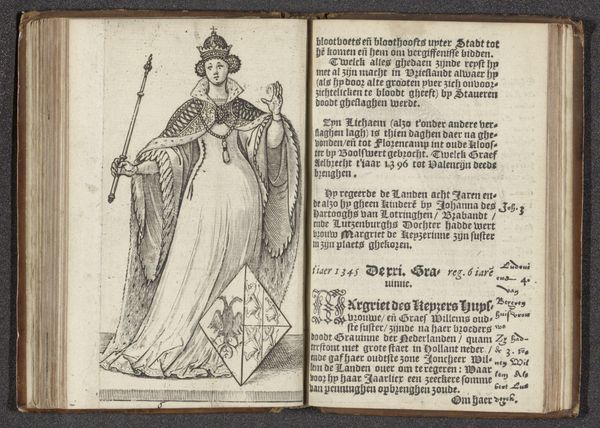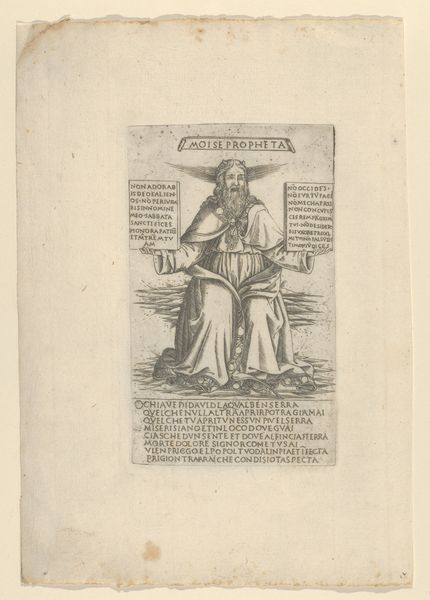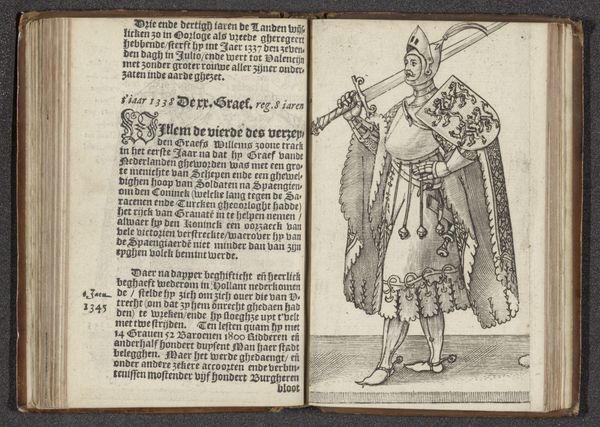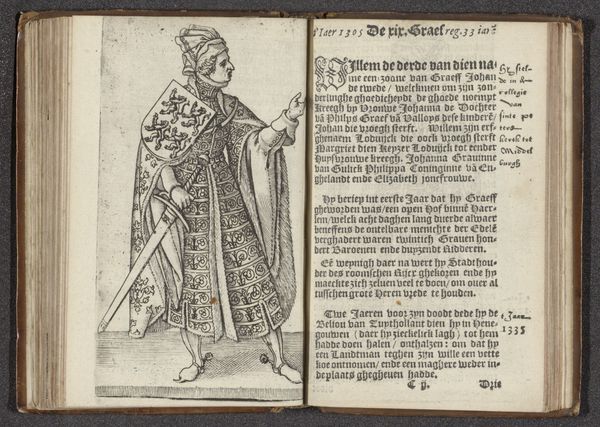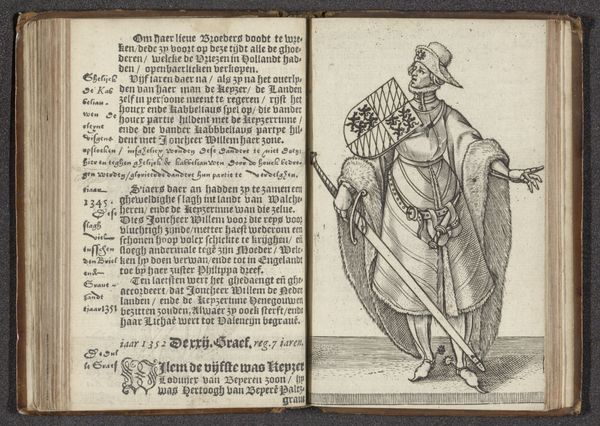
print, engraving
#
narrative-art
#
baroque
# print
#
coloured pencil
#
history-painting
#
engraving
Dimensions: height 315 mm, width 200 mm
Copyright: Rijks Museum: Open Domain
Editor: Here we have "The Roman Church Inspector, 1705" by Carel Allard, actually made around 1706 or 1707. It's an engraving, so a print, currently at the Rijksmuseum. My first thought? It's... intense. I mean, someone's literally walking all over another person! What's going on here? How do you interpret this work? Curator: Ah, yes! This piece sings of rebellion! It’s got this wicked edge, like a naughty wink from the past. Can you feel the artist's pulse practically mocking the church hierarchy, with someone stepping on another in such a pointed way? Almost like a dark humored prank. Do you get that rebellious flavor? Editor: I do see the… subversive element. Was there a particular event that prompted such a direct statement? Curator: I like that you pick up on it being a ‘statement’. Now, let’s dip our toes in some cultural sauce… The early 18th century, think Reformation leftovers. You’ve got emerging scientific views butting heads with deep seated religious traditions and power. Now picture Allard seeing the church flexing its authority a little too hard... maybe getting a bit rich for its own good! You might want to consider who might feel that their views aren't listened to! Are you understanding how these tensions might make him chuckle into his engraver's tools, producing a cutting satire to make others see it his way, to think and question and break the mould? Editor: That’s a great way of putting it – I can almost feel the wink in this artwork now. It is funny. Seeing that context makes the message much more vivid. Curator: Isn't it grand? History coming alive with a giggle! Editor: I never thought of historical artwork as being "funny" until now! I will never look at prints the same way!
Comments
No comments
Be the first to comment and join the conversation on the ultimate creative platform.
